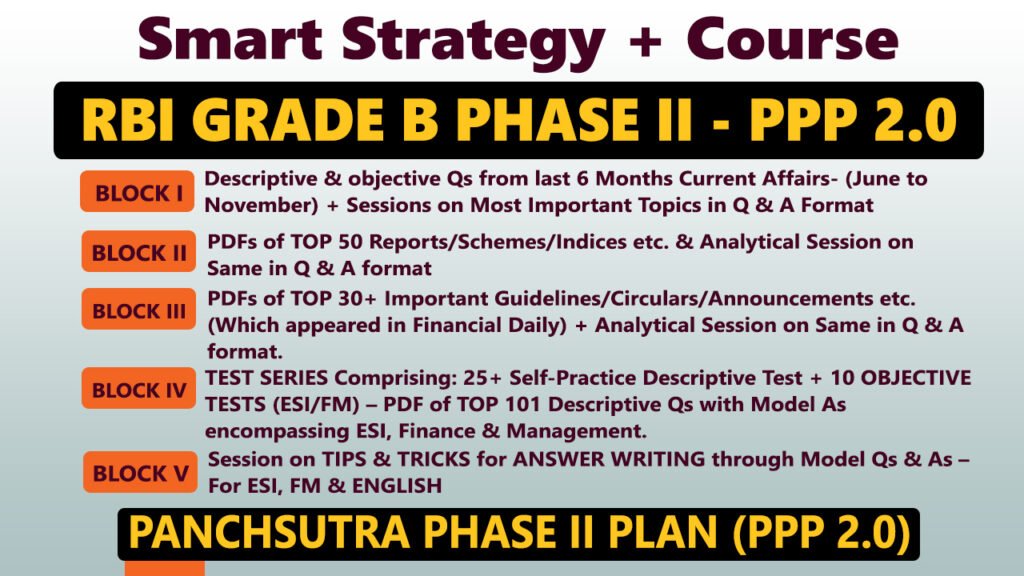Context:
In a major milestone for India’s human spaceflight program, the Union Minister informed Parliament that the Human Rated Launch Vehicle Mark 3 (HLVM3) has completed its development and ground testing. This achievement advances the timeline for Gaganyaan, India’s first crewed space mission, and sets the stage for future ambitions like the Bharatiya Antariksha Station (by 2035) and an Indian Moon Landing (by 2040).
What is HLVM3?
HLVM3 is India’s first human-rated launch vehicle, derived from the operational LVM3 (GSLV Mk III) platform. It is developed by the Indian Space Research Organisation (ISRO) under the supervision of the Human Space Flight Centre (HSFC) to carry astronauts, known as Gaganyatris, safely into Low Earth Orbit (LEO).
Key Objectives
- Ensure safe launch, orbit insertion, and return of astronauts.
- Lay the foundation for advanced human spaceflight missions including space station development and lunar exploration.
- Strengthen India’s indigenous capability in human space exploration and space safety technologies.
Major Features of HLVM3
1. Three-Stage Launch Configuration
- S200 solid boosters (2 units): First-stage lift-off power.
- L110 liquid core stage: Main propulsion.
- C25 cryogenic upper stage: Final orbital insertion.
- Payload Capacity: Capable of lifting ~10 tonnes to LEO.
2. Human-Rated Enhancements
- Redundancy and fault-tolerance across systems.
- Improved quality assurance, with enhanced safety margins.
- Equipped with abort and escape systems.
3. Crew Escape System (CES)
- Comprises five types of motors successfully tested.
- Allows for safe ejection of the crew capsule during any emergency in ascent phase—from liftoff up to orbital injection.
4. Crew and Service Modules
- Crew Module (CM): Successfully tested for re-entry, parachute deployment, and thermal protection.
- Service Module (SM): Supports power supply, propulsion, and life-support systems.
5. Support Infrastructure
- Gaganyaan Control Centre and astronaut training facilities established.
- Dedicated launch modifications at Satish Dhawan Space Centre (SDSC).
- Recovery and communication networks are operational and integrated with mission planning.



















